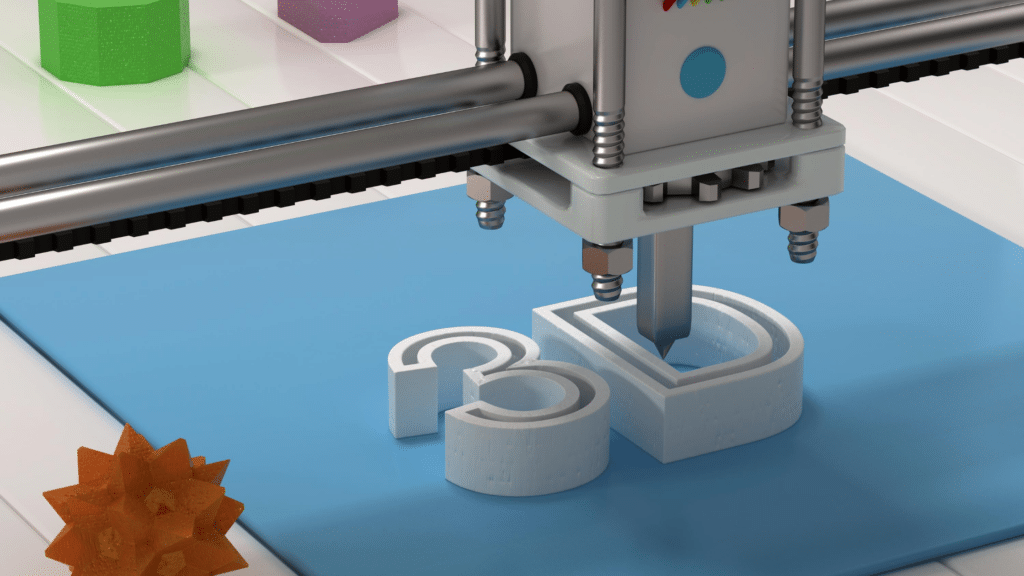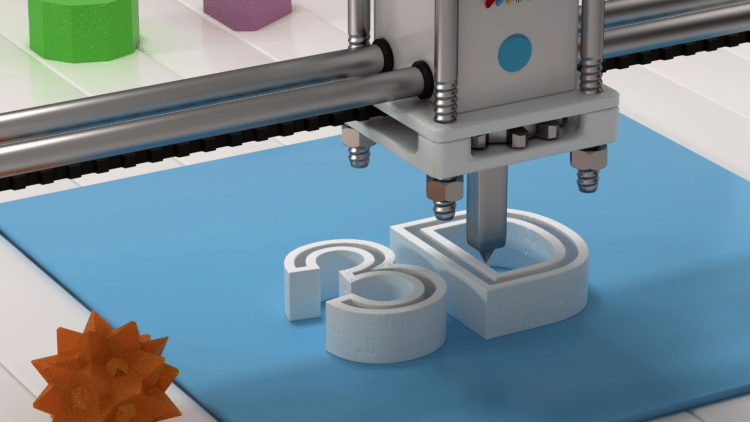Throughout the history of film, technology and innovation have moved hand-in-hand with the artistic process. The Guardian looks at Stanley Kubrick’s “Barry Lyndon” and explains the use of zoom lenses and camera technology taken from NASA provides a style that was once described as glacial by critics but is now a standard part of cinematography. The movement of technology into the film industry is something that has always been and will continue to push the boundaries of filmmaking in the coming years, according to Sam Haskell, on of the top agents in Hollywood.
1. Autonomous Drones

Drones have become a major part of the work being done by many film and TV producers in the last decade or so. The ability to capture images from high above the action is vital for creating a sense of space with drones becoming smarter as artificial intelligence is introduced. Autonomous drones are set to become one of the most important pieces of equipment for a filmmaker because they will be able to read the situation and automatically adjust focus, shot width, and height depending on the demands of the filmmakers. By becoming able to think for themselves, drones will grow in importance over the next few years.
2. Digital Technology
Way back in 1999, the release of “Star Wars: The Phantom Menace” was met with confusion by many moviegoers who were unsure of the use of digital technology pioneered by George Lucas. Sam Haskell points out filmmakers including Robert Rodriguez have embraced this format and used it to speed up the shooting process to lower costs. Digital is here to stay because the majority of studios now believe the cost of traditional film is too high to make it worthwhile.
The expansion of digital technology is an area every production company should be investigating as its use to bring deceased performers back to life will be a major trend in the coming years. Again, the “Star Wars” franchise has been pioneering this technology with varying amounts of success. No matter what the thoughts of the individual are regarding bringing back former stars to appear in movies this trend looks to be continuing and growing in importance.
3. 3-D Printing Technology

The cost of professional filmmaking equipment is huge and has been the demise of many productions over the years. If we look back at the making of classic movies like “Apocolypse Now” the weather washing away sets and equipment played a huge role in the pain caused for production companies. The investment in 3-D printing technology is a good option for every production company to explore because this can mean the printing of fast, affordable equipment. Lowering costs on the basic pieces of equipment means a production company can be ready with spare pieces of equipment to keep their shoot moving forward.
4. Smartphone Filmmaking
For over a decade, the use of Smartphones to shoot entire movie projects has been touted as the future of the medium. Some have attempted and achieved the completion of entire movies shot on cell phones and the improvement in camera lenses will see this become even more important in the future. Investing in Smartphone technology could be one of the major payoffs for production companies in the future.
5. 3-D Will Return Again
The use of 3-D has always been a controversial aspect of the movie industry with most movie viewers already voting against the use of this technology because of the use of goggles or eyewear. Despite the problems that have long been seen with 3-D technology, there will be a move towards providing more 3-D technology as 4K steps into the ring. Some pioneers in this area have already thrown their hat into the ring with Wired explaining the use of multiple cameras for a single shot. 4K has already begun to be used by streaming services and in limited ways at major sporting events with a move into the movie industry the next logical step.
Sam Haskell has been one of the leading agents for TV producers to turn to for the last few years at the William Morris Agency and believes technology will continue to improve the film industry. Haskell looks back to the 1970s when “The Shining” brought Steadicam into the mainstream and believes many of the latest pieces of technology have the same chance of providing long-term success for filmmakers.
